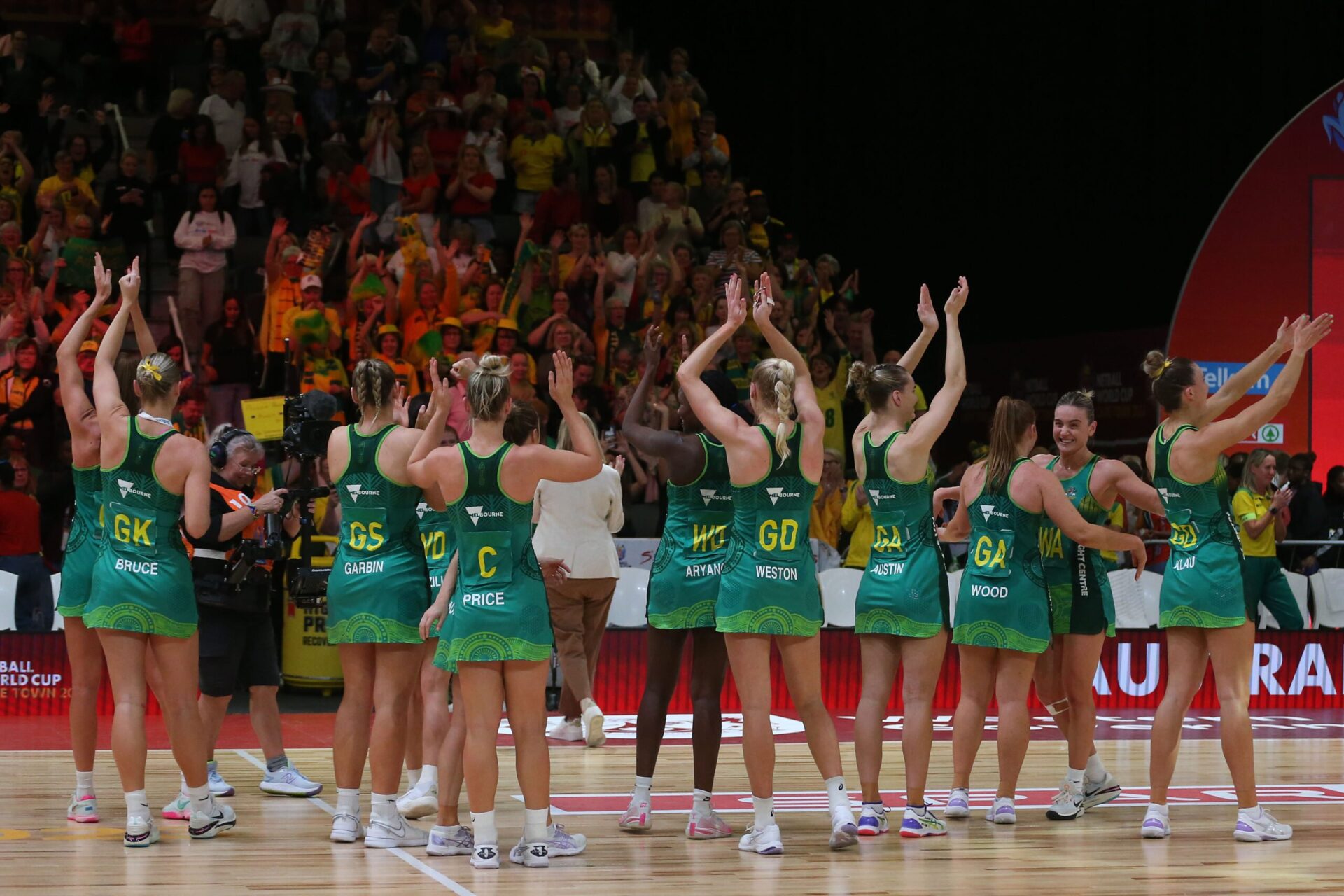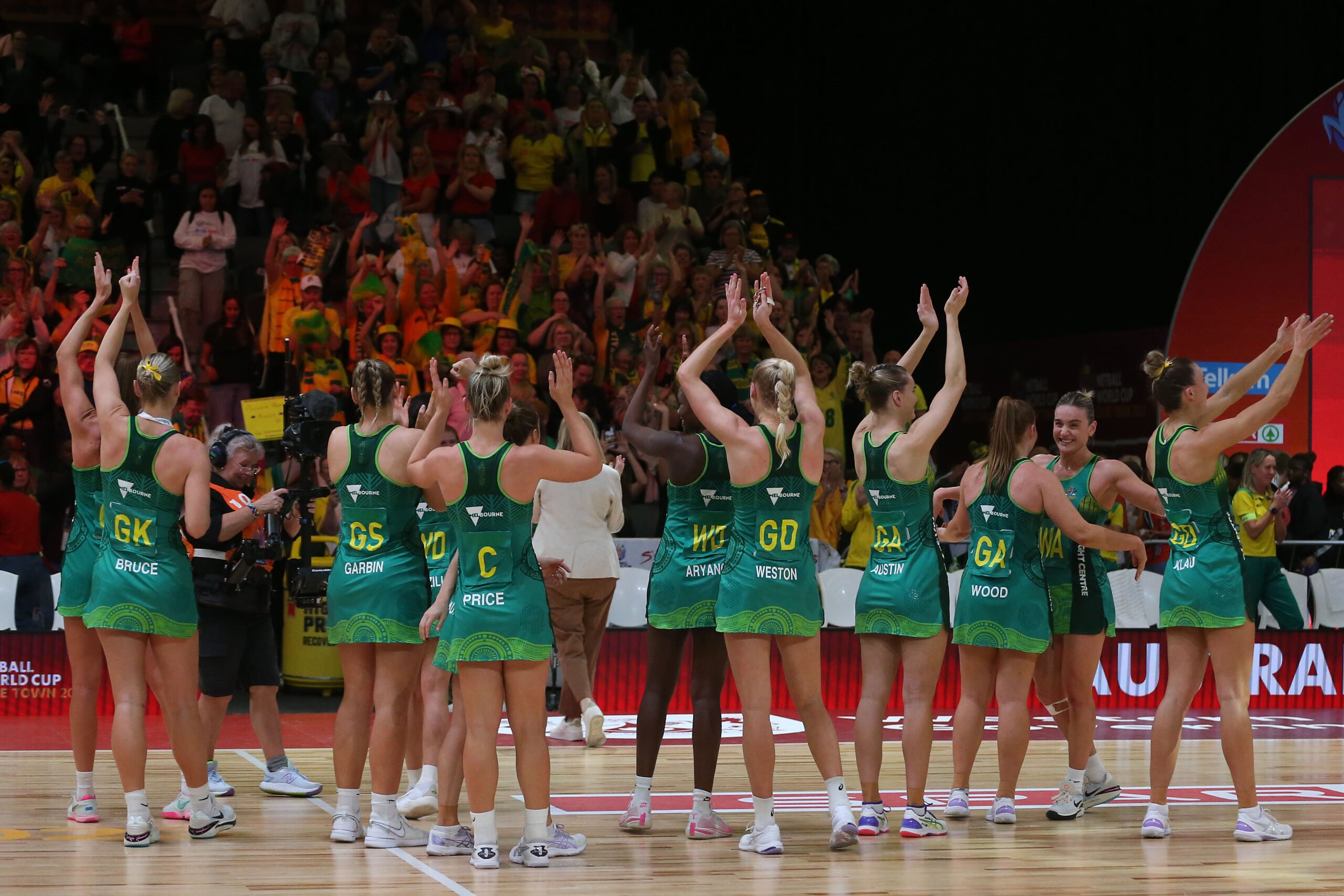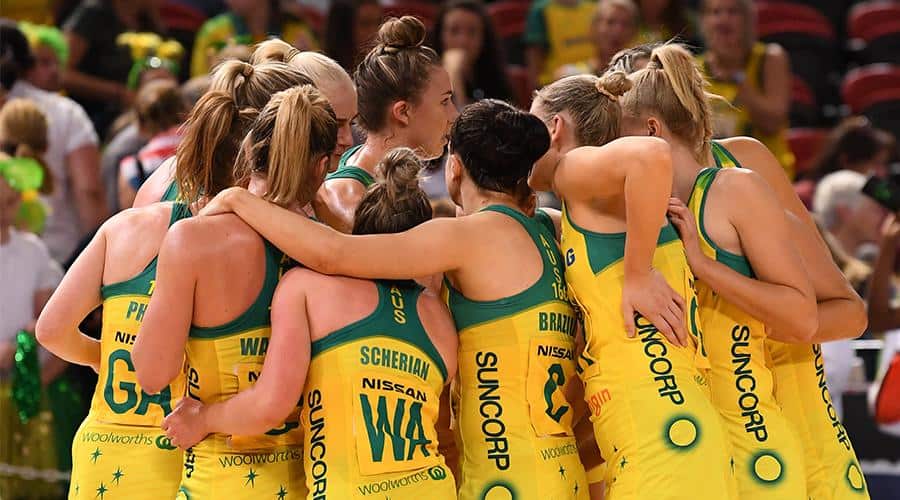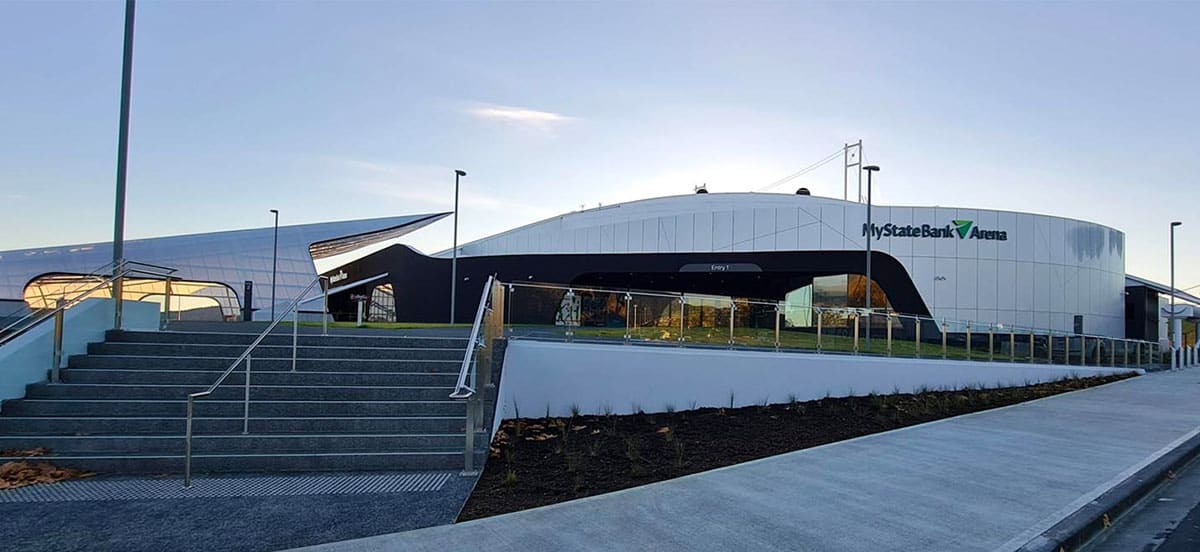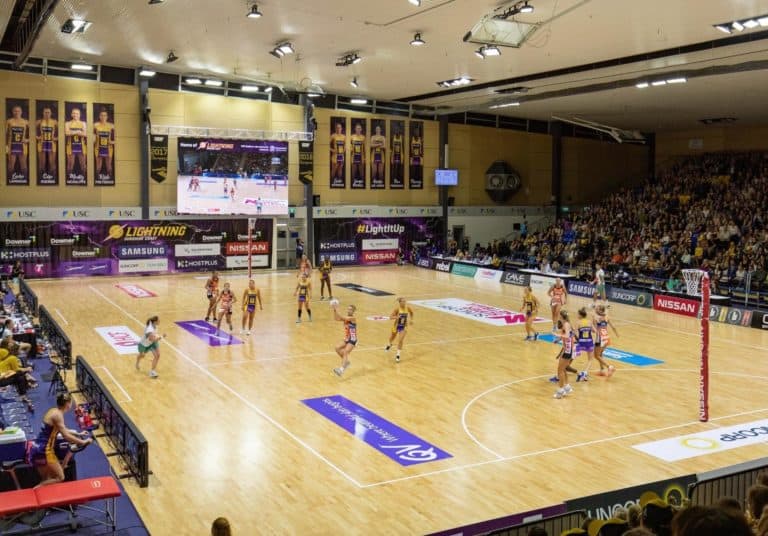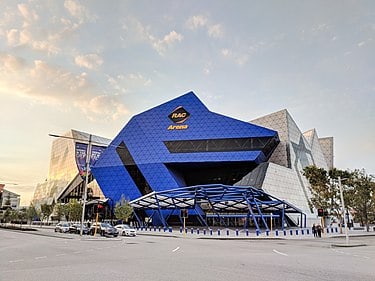Netball Australia is the national governing body for Netball Australia, overseeing various aspects of the sport, including the Australian Netball Championships (ANC).
The ANC is a significant event that showcases up and coming players. Additionally, the ANC includes SSN feeder teams, which are affiliated with the Super Netball league and contribute to the development of netball talent.
Another notable accomplishment is Netball Australia’s Fast5 team winning a gold medal at the Commonwealth Youth Games. This victory was achieved through an undefeated path, and it had a significant impact on both the team and Australian netball.
Netball Australia also supports Fijian netball through the PacificAus Sports Immersion Program, resulting in collaborations between the two entities. The Fiji national squad, their key players, achievements, and challenges faced in international competitions are also featured. More information on the PacificAus Sports – Netball Australia can be found here.
Netball Australia Team – The Australian Diamonds
The women’s Australian national netball team, recognised as the Australian Diamonds, represents Netball Australia in international netball competitions like the Netball World Cup, the Commonwealth Games, the Constellation Cup, the Netball Quad Series, and the Fast5 Netball World Series. They’ve also proudly represented Australia at the World Games. The team marked their Test debut in 1938.
As of 2023, Australia has secured the World championship title 12 times and claimed the Commonwealth championship 4 times. They consistently maintain the top rank in the World Netball Rankings.
Rivalry with New Zealand
Australia’s primary adversaries in global netball are the team from New Zealand. Between 1963 and 2015, these two teams held sway over the World Netball Championships and the Commonwealth Games tournaments. Since 2010, they’ve also engaged in head-to-head battles for the Constellation Cup. Standout and unforgettable matches include the climactic encounters of the 1991, 1999, and 2011 World Netball Championships, the title matches of the 2010 and 2014 Commonwealth Games, and the ultimate match of the 2013 Constellation Cup.
Netball World Cup

The Diamonds’ world cup appearances are impressive, making them one of the most successful netball teams in the world.
Commonwealth Games
Australia has been a consistent presence in every netball tournament at the Commonwealth Games. They showcased their prowess by defeating New Zealand in a one-off match in 1990, when netball was featured as a demonstration sport. From 1998 to 2018, they reached the finals in every tournament, collecting three gold and three silver medals. In 1998, under the leadership of Jill McIntosh, Australia clinched their debut Commonwealth title by prevailing over New Zealand 42–39 in the final. They defended this title in 2002, securing victory once again over New Zealand, this time in an intense double extra time match, largely due to Sharelle McMahon’s decisive goal.
At the opening ceremony of the 2010 Commonwealth Games, McMahon, now the team captain, was bestowed the honor of carrying the flag for the Australian team. In 2014, Australia celebrated their third Commonwealth title by triumphing over New Zealand with a commanding score of 58–40 in the final.
Constellation Cup
Since 2010, Australia and New Zealand have been locked in fierce battles for supremacy in the Constellation Cup.
Netball Quad Series Starting from 2016, Australia has been an active contender in the Netball Quad Series, engaging in matchups with England, New Zealand, and South Africa.
Home Venues
The Diamonds have showcased their skills across various venues in Australia, including:
- Sydney Super Dome,
- Perth Arena,
- Newcastle Entertainment Centre,
- John Cain Arena,
- Gold Coast Convention and Exhibition Centre,
- Coomera Indoor Sports Centre,
- Adelaide Entertainment Centre, and
- Margaret Court Arena.
Australian Netball Competitive Matches
Suncorp Super Netball
A fresh chapter in Australian netball’s history commenced on February 18th, 2017. On this date, Netball Australia and Netball New Zealand officially embarked on separate paths.
The era of the old ANZ Championship had drawn to a close. Yet, from its remains emerged a new entity: Suncorp Super Netball (SSN). This novel national netball league found support from Suncorp, Telstra, and the Nine Network.
In addition to the existing clubs – Adelaide Thunderbirds, Melbourne Vixens, NSW Swifts, Queensland Firebirds, and West Coast Fever – three new teams joined the ranks: GIANTS Netball, Magpies Netball Club, and Sunshine Coast Lightning. This expansion led to a landmark player pool of $5.4 million, shared among up to 80 professional athletes.
Since that point in time, the Suncorp Super Netball league has evolved into the world’s foremost professional netball competition.
Super Netball and the Australian Diamonds Team are proving to be a force to reckon with.
Netball Basics
Netball basics encompass the fundamental aspects of the sport, including the rules, court layout, player positions, and scoring system, all of which contribute to the structure and dynamics of the game.
Netball is played by two teams of seven players on a rectangular court with goal rings at each end. The objective is to score goals by throwing a ball into the ring, with the team that has the most goals at the end of the game emerging as the winner.
Each player is assigned a specific position, such as goal shooter, goal attack, or center, which defines their roles within the team. Movement restrictions are based on positions, and players must adhere to rules such as the three-second rule for holding the ball.
These rules and regulations, along with the court dimensions and markings, create a challenging and strategic game environment.
Recognition and Popularity
Recognised by the International Olympic Committee in 1995, the sport has gained significant popularity as a women’s sport, attracting over a million players and garnering increasing involvement from boys and men.
Netball is particularly popular in Australia, where it is considered the major domestic competition. With one million players, it is the most popular women’s sport in the country.
Netball’s popularity can also be attributed to its inclusion of mixed teams, allowing for greater gender inclusivity.
In recent years, there has been a growing interest in netball among boys and men, further expanding its reach and appeal.
The sport promotes female participation in sports and provides opportunities for women in athletics. It plays a crucial role in empowering women through team sports and has contributed to the progress of gender equality in sports.
Court and Equipment
The court used for netball matches is a rectangular playing area with specific dimensions and markings, including raised goal rings attached to 3.05 meters (10 feet) high posts, providing a defined space for gameplay.
The court measures 30.5 meters (100 feet) in length and 15.25 meters (50 feet) in width. It is divided into thirds, with each third having specific markings and areas for player movement restrictions.
The goal rings are positioned at each end of the court, with a diameter of 380 millimeters (15 inches) and placed 3.05 meters (10 feet) above the ground.
The court markings include a center circle, goal circles, transverse lines, and sidelines. These markings assist in defining player positions and movement restrictions, ensuring a fair and organized gameplay.
The netball ball used for matches is typically made of synthetic leather or rubber, with a circumference of 690-710 millimeters (27-28 inches) and a weight of 400-450 grams (14-16 ounces).
Player Positions and Roles
Player positions in netball are strategically assigned to define specific roles within the team, ensuring efficient gameplay and coordination among players. Each position has its own responsibilities and movement restrictions on the court.
The goal shooter (GS) and goal attack (GA) are primarily responsible for scoring goals, with the goal shooter positioned closer to the goal ring.
The center (C) plays a crucial role in linking the defensive and attacking ends of the court, controlling the flow of play.
The wing attack (WA) and wing defense (WD) provide support to the attacking and defensive ends respectively, with the wing attack focusing on feeding the ball to the shooters.
The goal defense (GD) and goal keeper (GK) are tasked with defending the goal ring and preventing the opposing team from scoring.
The positions in netball create a well-balanced team structure that maximizes efficiency and ensures that each player contributes to the overall success of the team.
Game Rules and Regulations
Game rules and regulations in netball encompass various aspects such as the three-second rule for holding the ball, shooting for a goal or passing within three seconds, fouls and penalties for rule violations, and substitution rules and player rotations.
The three-second rule in netball states that a player can only hold the ball for a maximum of three seconds before either shooting for a goal or passing it to another player. This rule ensures a fast-paced and dynamic gameplay.
Additionally, fouls and penalties are enforced in netball to maintain fair play and prevent any unfair advantage. These penalties can result in free passes or turnovers, depending on the severity of the violation.
Substitution rules and player rotations allow teams to make tactical changes and keep players fresh throughout the game. These rules contribute to the strategic nature of netball and ensure a balanced and competitive match.
Frequently Asked Questions
What are some key strategies and tactics used by netball teams in Australia?
Key strategies and tactics used by netball teams in Australia include strong defensive pressure, effective ball movement and passing, creating space and options on the court, utilizing set plays and combinations, and adapting game plans based on opponents’ strengths and weaknesses.
How has the Australian netball community been impacted by the COVID-19 pandemic?
The Australian netball community has been significantly impacted by the COVID-19 pandemic. The suspension of competitions, cancellation of events, and restrictions on training and playing have disrupted the sport, affecting players, coaches, officials, and fans alike.
What initiatives or programs are in place to promote inclusivity and diversity in Australian netball?
Initiatives and programs in Australian netball promote inclusivity and diversity by providing equal opportunities for players from different backgrounds, fostering a welcoming and accepting environment, offering cultural awareness training, and implementing policies against discrimination and prejudice.
Can you provide some insights into the training and preparation routines of elite netball players in Australia?
Elite netball players in Australia follow rigorous training and preparation routines to maintain peak performance. These include regular strength and conditioning sessions, on-court practice, tactical analysis, video review, sports psychology support, and adherence to a strict diet and recovery regimen.
What are some current challenges faced by Netball Australia in terms of growing the sport and increasing participation rates?
Some current challenges faced in growing netball and increasing participation rates include attracting and retaining players, promoting inclusivity, addressing facilities and infrastructure limitations, and competing for attention and resources in a crowded sports market.
When does super netball season start?
The Super Netball season starts in mid to end March of each year.

